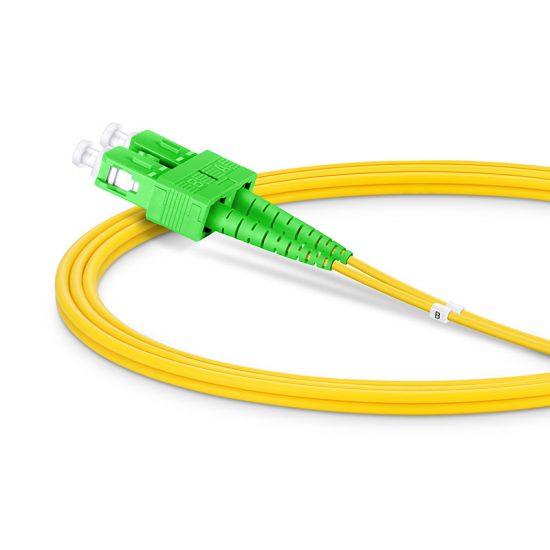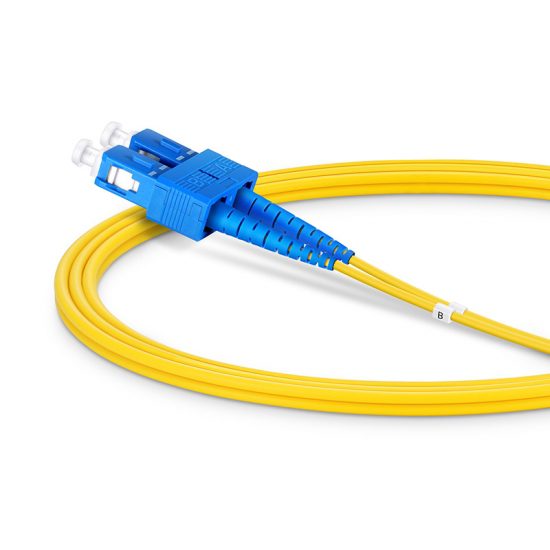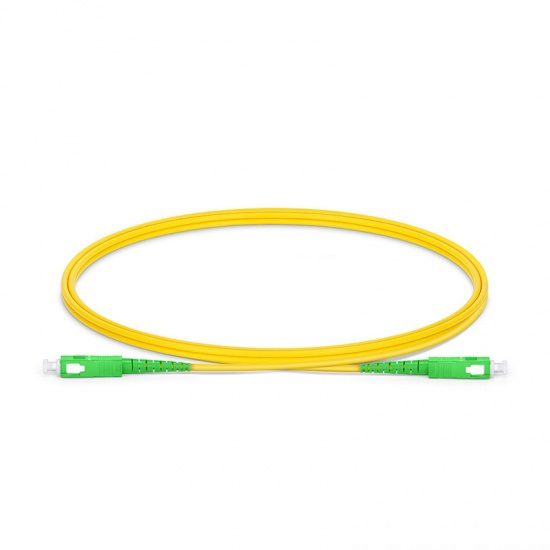Fiber-to-the-home (FTTH) is a broadband internet access technology that uses optical fibers to provide high-speed internet to residential customers. The benefits of FTTH over traditional copper-based technologies, such as DSL and cable, are numerous and include faster speeds, more reliable connections, and greater capacity for future expansion.
One of the main benefits of FTTH is its ability to provide much faster internet speeds than traditional copper-based technologies. FTTH can support speeds of up to 10 Gbps, while DSL and cable typically max out at around 100 Mbps. This means that with FTTH, users can experience faster download and upload speeds, as well as improved streaming, gaming, and online video quality.
Another benefit of FTTH is its reliability. Unlike copper-based technologies, which can be affected by environmental factors such as temperature and humidity, optical fibers are not affected by these issues. Additionally, FTTH connections are less likely to be affected by physical damage, such as cuts or breaks, as the fibers are encased in protective materials. This results in fewer disruptions and a more consistent internet experience for users.
FTTH also has greater capacity for future expansion. As more and more devices in homes become connected to the internet, the demand for bandwidth is increasing. Copper-based technologies are limited in their ability to meet this demand, but FTTH has the capacity to support multiple gigabits of data per second. This means that as technology and devices continue to evolve, FTTH can continue to meet the needs of users without requiring costly upgrades or replacements.
FTTH also benefits the communities in which it is deployed. In addition to providing residents with faster and more reliable internet access, FTTH can also attract new businesses and entrepreneurs to the area, as well as support telemedicine and distance learning. Furthermore, FTTH can improve public safety by allowing for more efficient communication and data sharing between emergency responders.
In addition, FTTH can also reduce energy consumption and carbon emissions. Copper-based technologies require power at multiple locations, such as at the central office, remote terminals, and customer premises. In contrast, FTTH only requires power at the customer premises, which can result in significant energy savings.
Overall, FTTH is a superior technology for residential internet access when compared to traditional copper-based technologies. Its ability to provide faster speeds, more reliable connections, greater capacity for future expansion, and additional benefits to communities makes it an attractive option for both service providers and consumers.
However, it’s worth mentioning that the deployment and installation of the FTTH infrastructure could be costly and time-consuming, requiring the physical laying of optical fibers, which may not be available in some areas and could be a barrier for some providers to offer the service.
Overall, FTTH is a powerful technology that can provide many benefits to residential internet access, including faster speeds, more reliable connections, and greater capacity for future expansion. However, it is important to consider the cost and availability of the infrastructure before implementing this technology.



